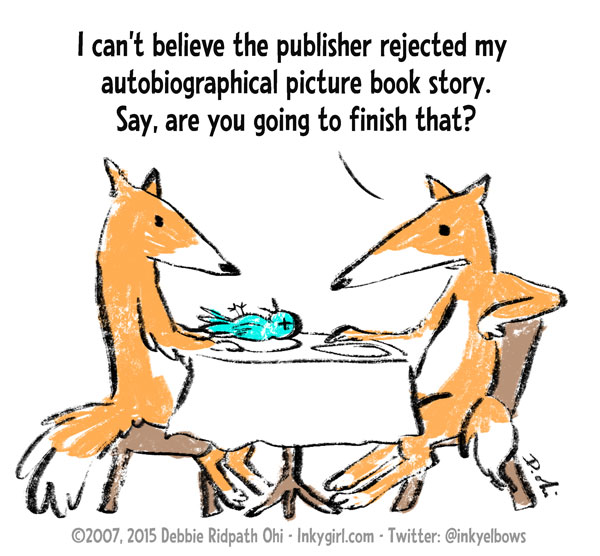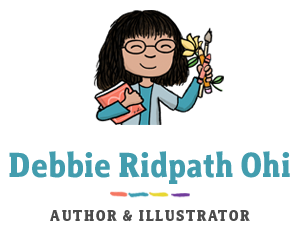
(Updated February 9, 2016)
So many people think that short = easy, especially when it comes to picture books.
And while yes, it’s easy to crank out a picture book manuscript in terms of wordcount, writing a picture book story that a publisher will want to acquire is an entirely different animal.
At this point, I can imagine a number of you leaping up and saying, “You shouldn’t worry about the market! Just write the story that you were meant to write!” I partly agree.
However, if your goal is to be PUBLISHED, then I strongly advise you to go to local children’s bookstore and library; I guarantee you will save yourself much heartache and wasted effort. Familiarise yourself with what’s being published. Let yourself fall in love with some of these picture books and then ask yourself why you enjoy them so much.
A few common mistakes that new picture book writers make:
(Also see advice for aspiring picture book authors from my Simon & Schuster Children’s editor, Justin Chanda)
– Not reading many, many picture books before they try writing their own.
– Talking down to kids, using a style and language that comes across as awkward and lecture-y.
– Writing what is basically a short story rather than a picture book text. If you don’t know the difference, you need to read more picture books.
– Assuming that the illustrator’s job is just to draw what is in the text, and therefore including lots of detailed art notes (“Sandy’s hair is blonde and her eyes are green, and she is sitting half-crouched with her hand reaching out for the rabid squirrel” etc.).
– Including lots of physical details in the text that could be shown in the illustrations, or left up to the illustrator.
– Assuming that a picture book story HAS to rhyme. Writing a good rhyming picture book is very difficult. Don’t use rhyme as a crutch.
– Not reading their story out loud to make sure it IS fun to read out loud.
– Having a story that is overtly message-y, pushing a lesson the author want young readers to learn. This is a very very VERY common mistake.
– Assuming that because their grandchildren / niece / neighbor’s child / students loved their story, that it’s ready to send out to publishers.
– Their story won’t easily fit into a standard picture book format (eg 14 pages instead of 32 or 40 pages, etc.). While it’s possible to sell a non-standard format picture book, it usually costs the publisher more money….making them less likely to want to take a chance on a first-time author.
– Adding their own illustrations. If you’re a professional illustrator and you’re sure your style suits the story, then go for it…but be aware that publishers usually prefer choosing their own illustrators.
– Not having a unique twist or concept. It’s ok to write another “Don’t give in to peer pressure. Be yourself!” story as long as you do something different and fun to show editors how your story will stand out in the marketplace. Again, READ MORE PICTURE BOOKS and you’ll see some great examples.
– Writing in the style of picture books that they remember reading as a child. This usually happens because they’re not familiar with picture books being published today. Again, I recommend going to your library or local children’s bookstore and READ MORE PICTURE BOOKS.
As you might have guessed from the above, my main piece of advice for aspiring picture book authors is to READ LOTS AND LOTS OF PICTURE BOOKS. If you don’t like a picture book, ask yourself why. If you love one, figure out why. Make notes about wordcount and format. Analyze pacing and page turns. Enjoy the illustrations, look at how they complement and enhance the text.
And if you do read lots and lots of picture books and still find you don’t really enjoy them, ask yourself if you should be writing one.
If you’re looking for extra inspiration, I strongly encourage you to read some of the great “Why Picture Books Are Important” essays in the Picture Book Month website. If you’re new to the genre and are looking for an overview of the basics of writing, illustrating and publishing children’s books, visit Harold Underdown’s The Purple Crayon website.
Good luck!
——

